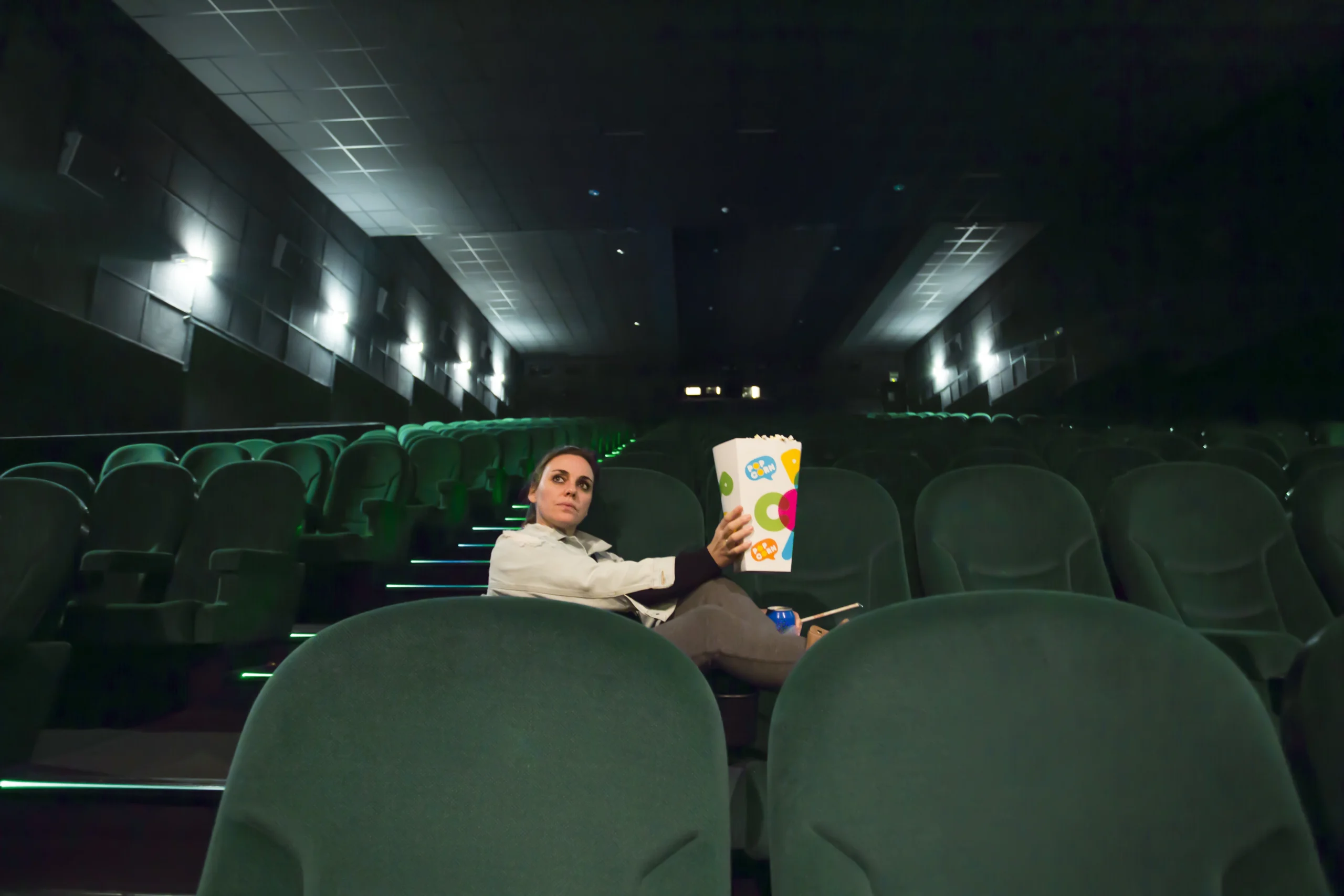When Netflix released House of Cards in 2013, it wasn’t just launching a political drama—it was quietly rewriting the rules of Hollywood distribution. Since then, the rise of streaming platforms has profoundly altered how films are made, marketed, and consumed. But as streaming gains ground, what does that mean for the future of traditional Hollywood cinema?
Streaming’s Impact on Theater Attendance
It’s no secret: ticket sales in physical theaters have been steadily declining. According to Statista, cinema attendance in the U.S. has dropped significantly since 2002. The COVID-19 pandemic accelerated this decline, as studios began experimenting with digital-first releases.
Warner Bros. made headlines in 2020 when it decided to release its entire slate simultaneously on HBO Max and in theaters (official source). This hybrid strategy was seen by some as a necessary adaptation, while others—particularly directors like Christopher Nolan and Denis Villeneuve—criticized it as a threat to the cinematic experience.
🎥 Can the magic of the big screen survive in a world dominated by at-home premieres?
Audiences Are Changing—And So Are Habits
Younger audiences, especially Gen Z, consume media differently. Binge-watching, short-form content, and algorithm-based recommendations are now the norm. This shift challenges the traditional “event film” model that Hollywood has relied on for decades.
Streaming platforms have adapted fast, investing in content that fits viewers’ habits rather than clinging to old formulas. As a result, mid-budget dramas and experimental genres are thriving again—something that studios had mostly abandoned in favor of superhero blockbusters.
The Rise of Original Content and Direct-to-Consumer Models
Studios Becoming Streamers
In response to Netflix’s dominance, major Hollywood studios have launched their own streaming platforms—Disney+, Paramount+, and Max (formerly HBO Max). This direct-to-consumer (DTC) model bypasses traditional intermediaries like cinemas and cable networks, giving studios full control over release windows, audience analytics, and global distribution.
Disney’s decision to pull its titles from Netflix and build its streaming empire proved to be a turning point. With hits like The Mandalorian and WandaVision, the company demonstrated it could deliver high-budget, cinematic-quality experiences directly to living rooms worldwide.
📺 Does this mean that theatrical exclusivity is truly over—or just evolving?
Investment in Prestige and Quantity
To compete, streaming platforms have gone on an aggressive spending spree. Netflix alone invested over $17 billion in content in 2023 (Variety). This includes both blockbuster films—like The Gray Man—and auteur-driven projects such as The Irishman, directed by Martin Scorsese, who famously voiced concern about the future of cinema in the streaming age.
The streaming arms race has empowered many filmmakers to produce work that may not have been greenlit by traditional studios. Yet it’s also created a glut of content, raising concerns about oversaturation and the dilution of quality.
Algorithms vs. Artistic Vision
Streaming services rely heavily on algorithmic recommendations, often tailoring promotions to what data suggests a viewer might enjoy. While efficient, this approach can marginalize niche or risky creative works that don’t immediately generate clicks.
🎬 Are we entering an era where data shapes storytelling more than directors do?
The Decline of the Blockbuster Era?
Box Office Battles vs. Streaming Views
The traditional blockbuster—anchored by theatrical revenue—relied on massive budgets, wide releases, and strong opening weekends. But with streaming platforms removing the urgency of theater-going, Hollywood’s once-dependable box office model is being redefined.
Major releases like Black Widow and Dune saw hybrid launches that sparked lawsuits and tensions between studios and stars over compensation models. Scarlett Johansson, for example, sued Disney for releasing Black Widow on Disney+ the same day it premiered in theaters, alleging it impacted her earnings tied to box office performance (BBC News).
🍿 Will the future of contracts and film financing revolve around streaming metrics instead of ticket sales?
Shifting Definitions of Success
In the streaming world, success isn’t measured by box office dollars but by subscriber retention, engagement time, and social media buzz. This makes it difficult to evaluate a film’s cultural or financial impact in traditional terms.
A movie like Bird Box may not have had the cinematic gravitas of a Christopher Nolan film, but it pulled in over 45 million viewers in one week—numbers that stunned Hollywood and redefined the idea of a “hit” (Forbes).
Evolving Audience Expectations
Viewers now expect instant access, no commercials, and bingeable formats. This has put pressure on traditional cinematic pacing, storytelling structures, and even film length. In some cases, high-profile projects—like Zack Snyder’s Justice League—are now shaped to suit streaming-friendly episodic formats, even when technically still “films.”
📣 Is the theatrical format being absorbed by streaming sensibilities, or are we simply witnessing a new genre of film-making?
Film Festivals, Awards, and the Streaming Divide
The arrival of streaming has challenged not just box office norms, but also cinema’s place in the cultural hierarchy. Major film festivals like Cannes and Venice have wrestled with whether to accept streaming-only films into competition. Cannes, for instance, maintains a theatrical release requirement, which has excluded many Netflix-backed productions from eligibility (IndieWire).
Despite this, Oscar wins for streaming films like CODA (Apple TV+) and Roma (Netflix) have demonstrated growing acceptance. Yet, there’s still ongoing debate: Should a film that never played in cinemas be eligible for cinema’s top awards?
Independent Filmmakers and Democratization
While Hollywood giants wrestle with legacy and profits, independent filmmakers have found new life on platforms like Amazon Prime Video, Hulu, and even YouTube. With lower barriers to entry and global access, it’s possible for underrepresented voices to reach audiences in ways previously impossible through the studio gatekeeping system.
This democratization, however, comes with challenges. Without curated promotion or studio muscle, standout films risk being buried in streaming catalogs. Discovery becomes algorithm-driven, often favoring what’s already popular.
The Road Ahead for Theaters
Despite the shift, many cinephiles believe theaters are far from dead. Recent box office successes of Top Gun: Maverick and Oppenheimer proved that communal viewing experiences still hold value—especially when studios support them with exclusive theatrical windows and high-impact marketing.
🎥 Could the future of Hollywood cinema be hybrid—streaming-driven, yet anchored by theatrical prestige?



